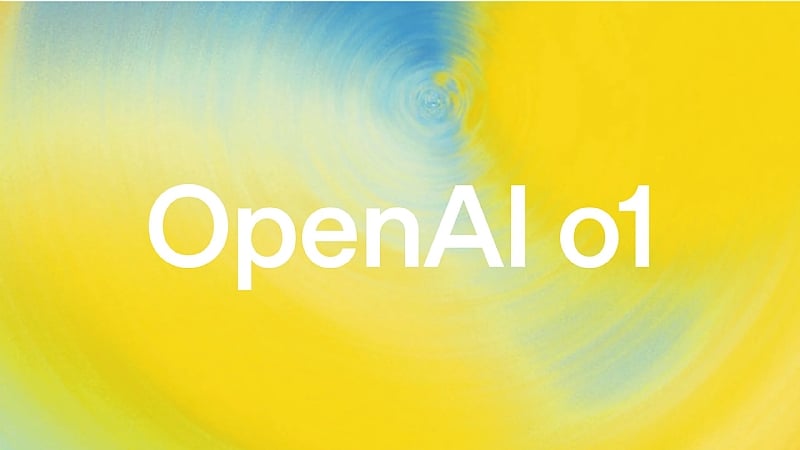OpenAI has introduced a new artificial intelligence model, designated as OpenAI o1, claiming it possesses advanced reasoning capabilities that allow it to tackle more complex problems in various domains, including science, coding, and mathematics. The model was showcased as a preview to the public, with OpenAI expressing its intention to continuously enhance and update it over time. The company emphasized that the o1 model has been trained to emulate human-like reasoning processes, allowing it to spend more time contemplating issues before providing solutions. This training encourages the AI to refine its analytical approach, explore different strategies, and learn from its errors.
The potential applications of the new AI model are significant. For instance, it can assist healthcare researchers in annotating cell sequencing data, providing a much-needed tool in the realm of biomedical research. Additionally, physicists can utilize the model to derive intricate mathematical formulas essential for quantum optics, demonstrating its versatility across various scientific disciplines. Both these examples underline OpenAI’s goal of making the technology applicable in practical, real-world scenarios that have the potential to yield substantial advancements in science and technology.
OpenAI’s research scientist Noam Brown highlighted the model’s capacity to engage in deeper reasoning by remarking that while the current o1 model can think for seconds, future iterations may extend that duration to hours or even weeks. This shift towards more prolonged reasoning processes is expected to come at a cost, both in terms of processing power and energy consumption. Brown pointed out the trade-offs that come with such advancements, asking what sacrifices society might be willing to make for significant breakthroughs, such as new cancer therapies or transformative battery technologies.
The discussion surrounding AI’s considerable energy consumption is becoming increasingly urgent, especially in light of impending meetings among senior White House officials and leading figures in the tech industry. Notable attendees, including Sam Altman, CEO of OpenAI, Google executive Ruth Porat, and Anthropic CEO Dario Amodei, signify the weight of the discourse. As AI technology progresses, the broader implications of its energy demands must be addressed, particularly as they relate to global warming concerns. The challenge lies not only in harnessing AI’s capabilities but also in managing its environmental impact effectively.
Despite the advancements in reasoning abilities showcased by the OpenAI o1 model, it currently lacks many of the features that enhance the user experience in ChatGPT, such as web browsing and the ability to upload files or images. Nevertheless, the company’s assertion that it represents a significant leap forward in complex reasoning tasks positions it favorably in the realm of advanced AI applications. Tests conducted by OpenAI indicate that the o1 model’s performance is on par with that of PhD students in certain challenging benchmark evaluations across disciplines such as physics, chemistry, and biology.
In a notable achievement, OpenAI o1 demonstrated exceptional proficiency by solving 83% of problems on a qualifying exam for the International Mathematics Olympiad, underscoring its potential in mathematical reasoning. This impressive performance could pave the way for AI’s integration into educational settings and problem-solving scenarios that demand high levels of cognitive engagement. As OpenAI prepares to roll out this groundbreaking model to a broader audience, its implications for research, education, and technological innovation continue to expand.


